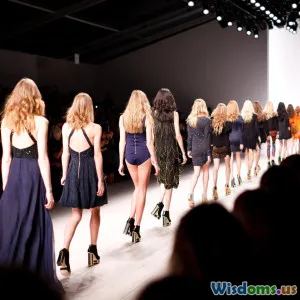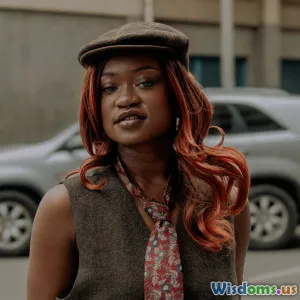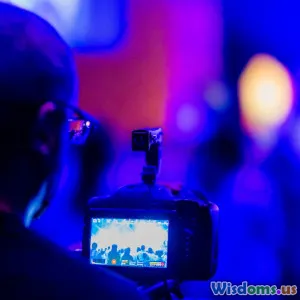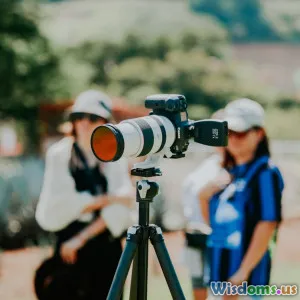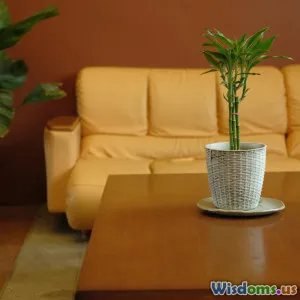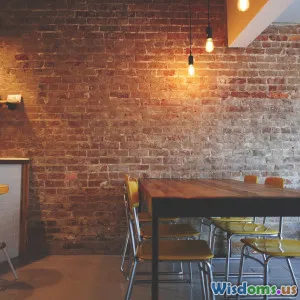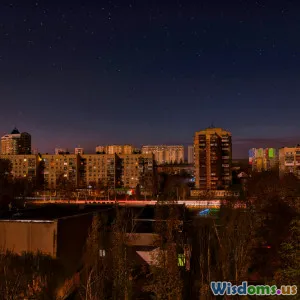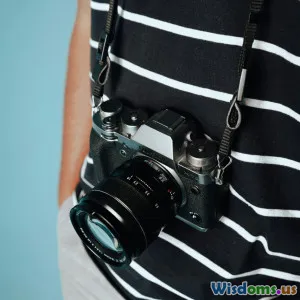
Building Creative Wardrobes With Designers Insights for Photographers
15 min read Explore how photographers can build creative wardrobes using top designers' insights for stunning, story-driven visual storytelling. (0 Reviews)
Building Creative Wardrobes With Designers Insights for Photographers
Every memorable photograph tells a story, and beyond lighting and composition, wardrobe choices add narrative richness and visual intrigue. In the world of photography, collaborating with designers isn’t just about using beautiful clothing—it’s about amplifying your creative vision and channelling designer expertise for transformative results. Here, we delve into industry-tested techniques and wisdom from leading designers to help photographers assemble thoughtfully curated, creative wardrobes for any shoot.
Understanding the Power of Wardrobe in Visual Storytelling
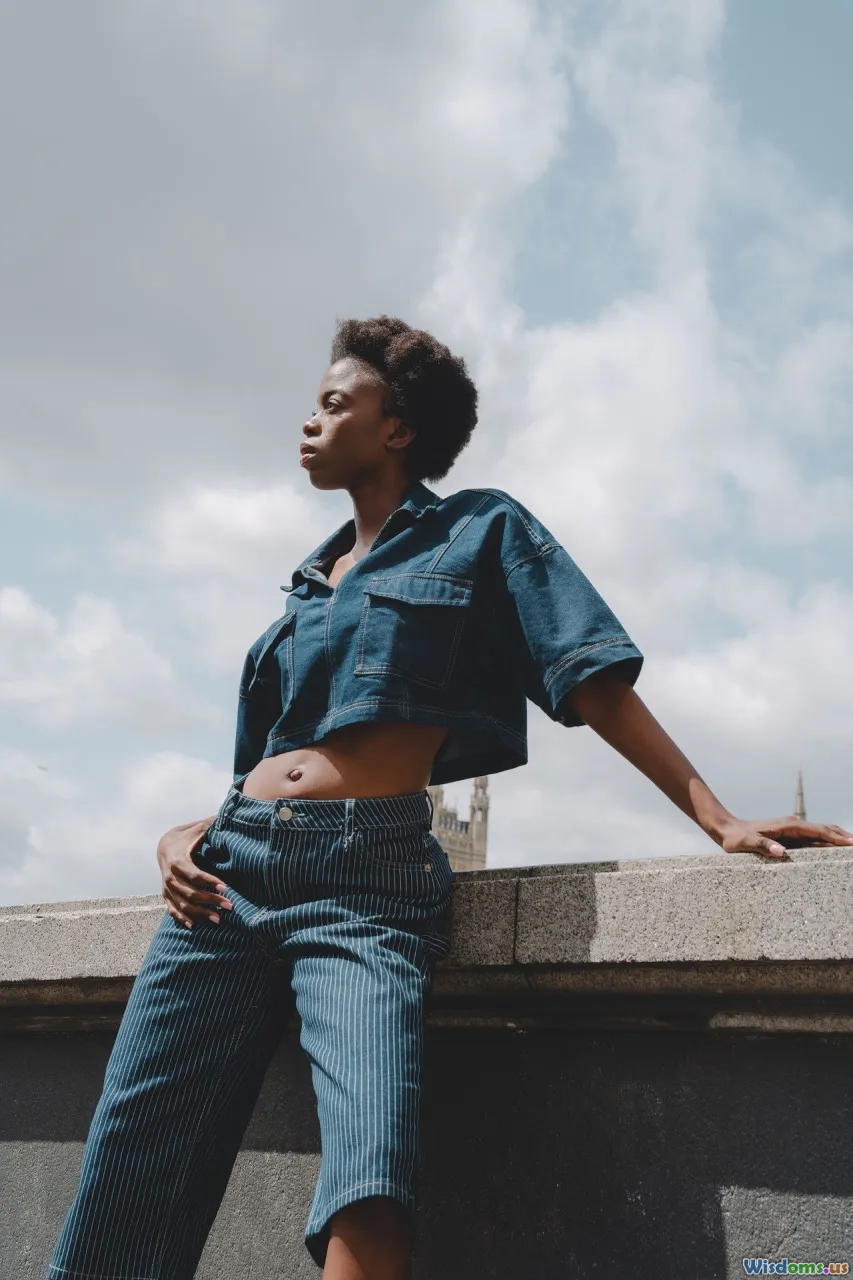
Clothing isn’t just cover; it’s a storytelling tool. A well-chosen wardrobe can evoke a specific era, allude to a theme, or express a subject’s character in a single glance. Internationally acclaimed photographer Annie Leibovitz has demonstrated how layering vintage gowns or customized pieces transforms a subject—think her lavish portrait of Queen Elizabeth II. In editorial shoots for publications like Vogue and Harper's Bazaar, the synergy between a designer's vision and the photographer's concept is what often yields iconic imagery.
Here’s why wardrobe is so crucial:
- Mood and Character: Soft, flowing fabrics in muted tones can create a dreamy, nostalgic mood. Bold, structured designs in striking colors command attention and drama.
- Era and Setting: The grunge flannel of the ’90s, roaring ’20s beaded dresses, or modern minimalist pieces—all conjure different times and places.
- Visual Interest and Layers: Layering textures, patterns, and accessories add depth, creating points of interest in a photograph without crowding the subject.
To showcase these effects, even a simple portrait benefits from the subtle play of clothing details like lace cuffs, vibrant scarves, or hand-embroidered jackets. When assembling a wardrobe collection, always ask: What story am I telling, and what visual cues will make it sing?
Collaborating with Designers: Process and Best Practices

Photographers who excel at wardrobe styling rarely work solo. Professional photoshoots, from fashion campaigns to advertising spreads, often start with a conversation between photographer and designer. Here’s how to initiate effective collaborations:
Start With a Vision Board
Bring together images, color palettes, fabric swatches, and sketches that communicate your creative intent. Platforms like Pinterest and Milanote make sharing visuals effortless, and designers rely on these references to grasp your vision.
Communicate Narrative and Function
Specify whether you’re seeking clothes that move, constrain, conceal, or reveal. For example, designer Iris van Herpen is renowned for sculptural, kinetic garments designed with movement in mind—perfect for dynamic, gravity-defying shots.
Respect the Craft
Always credit designers in final images (especially for editorial and portfolio work) and clarify how their pieces will be handled, altered, or repurposed. Photographer-designer relationships are built on transparency and trust. Consider offering professional images for the designer's own lookbooks or social media in return for their contribution.
Sample Projects: How the Pros Do It
- During the making of a W Magazine feature, photographer Tim Walker collaborated with costume designer Shona Heath to produce custom, dream-like outfits—pillowy dresses, embellished headpieces—integral to his surreal aesthetic.
- For a street fashion series, New York photographer Candace Lake partnered with up-and-coming labels. She created a digital catalog for them and, in return, gained exclusive pieces not yet seen on runways.
Sourcing and Building Your Creative Wardrobe Library

If you frequently photograph people, building a mini wardrobe library is smart—a go-to resource stocked with foundational pieces and show-stoppers.
Designer Consignment and Sample Sales
Most large cities hold seasonal designer sample sales (check Instagram and event platforms) where unique pieces can be acquired at a fraction of retail prices. Online consignment marketplaces like Vestiaire Collective, The RealReal, or Depop allow you to collect gently used or vintage high-fashion items—from Dior blazers to 1980s Chanel accessories.
Thrift Stores and Vintage Boutiques
Savvy stylists are skilled thrifters. They frequent secondhand outlets for hidden gems—a sequined bolero, a Victorian blouse, uncommon statement hats—that inject “one of a kind” flavor into a shoot. Some photographers specialize in period looks and build their inventory through meticulous thrifting, as seen in projects like Mark Seliger's retro-inspired celebrity portraits.
Renting and Collaborating
For high-impact editorial or one-off campaigns, renting high-end designer pieces from rental platforms like Rent the Runway or HURR is cost-effective. Many cities now boast fashion rental libraries offering everything from quirky hats to couture gowns. You can also trade access to your own wardrobe pieces within creative circles.
Tip: Maintain a Digital Inventory
Use PhotoShelter or Airtable to catalog garments, track their condition, and map out when items were used. This prevents overuse and ensures you’re always fresh when pitching new concepts.
Balancing Budget With Creativity: High-Low Styling Methods
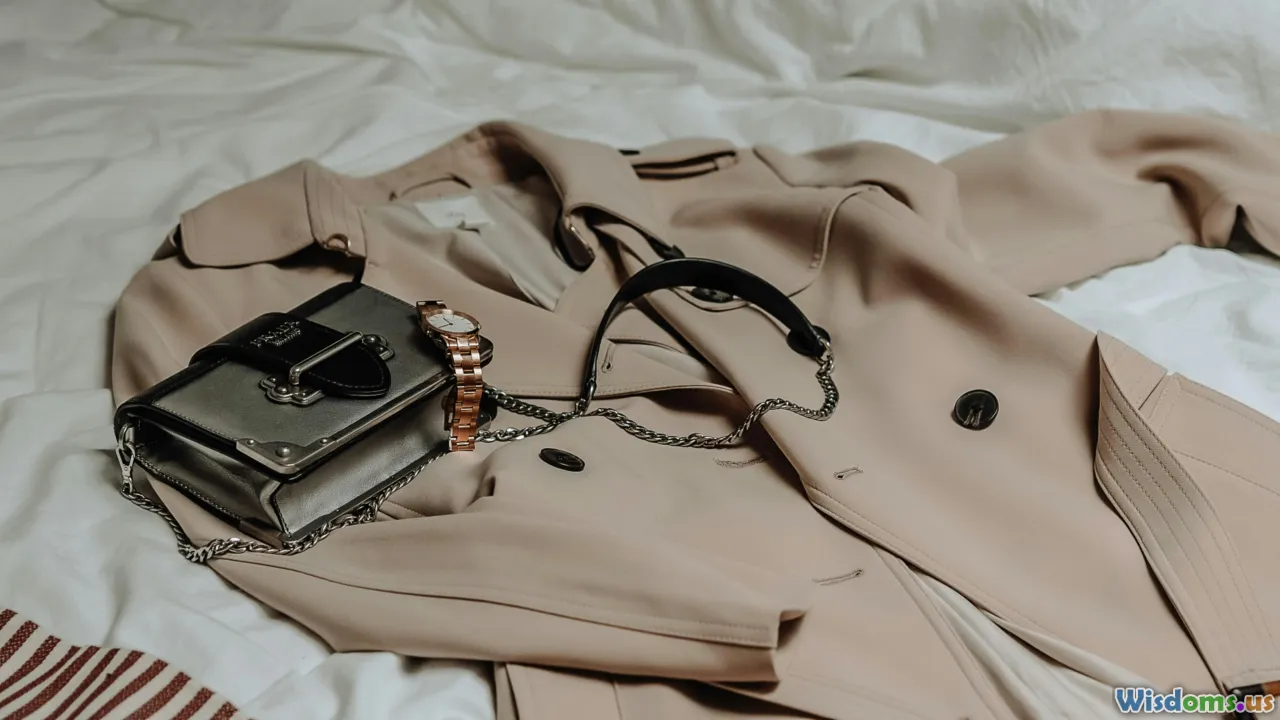
Not every shoot allows for unlimited resources. Creativity often thrives under constraint, and professionals have mastered striking the balance between cost and visual impact.
- Mix Designer With Ready-to-Wear: Combine one designer centerpiece (a custom corset, bold coat) with affordable fast fashion basics (plain turtlenecks, black jeans).
- DIY Customization: Embellish generic items with fabric paint, appliqué, patches, or trim. Designer Alexander McQueen famously began his career reconstructing thrifted pieces to emulate couture.
- Statement Accessories: Oversized belts, sculptural earrings, gloves, and hats instantly elevate even plain wardrobes. Accessory rental services can open up more options.
Example: Editorial on a Shoestring
Photographer Rosa Faz debuted a magazine spread using only two designer jackets rented briefly, layered over basics sourced from a local zone market. DIY crystal beading transformed an otherwise minimalist slip dress for her shoot’s finale image.
Gender Inclusivity & Adaptive Design in Wardrobe Curation
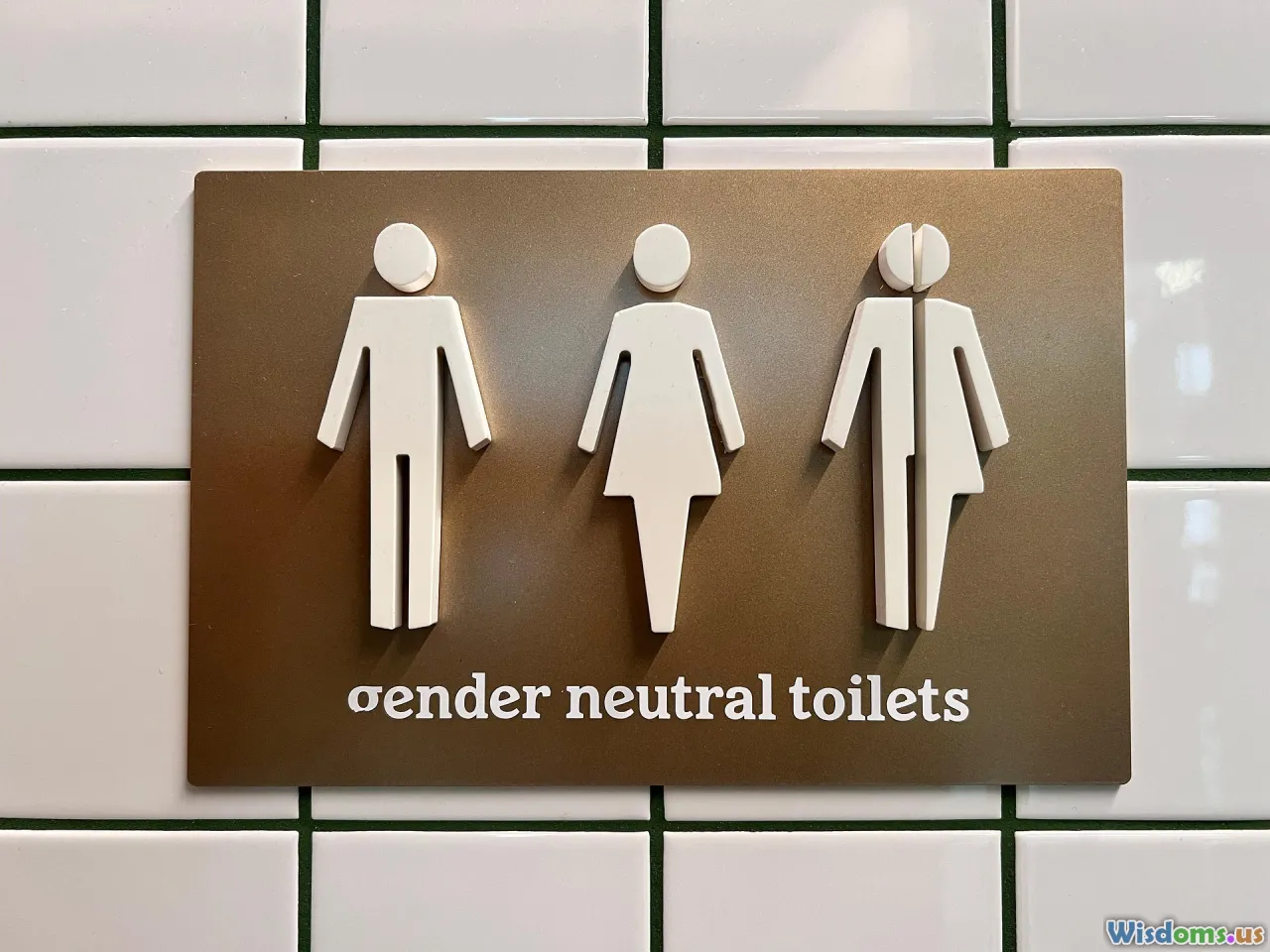
Increasingly, fashion pros emphasize the power of wardrobe as a tool for self-expression, not just aesthetics. When curating outfits, consider:
- Gender-Fluid Options: Seek out unisex designs or style menswear and womenswear interchangeably. Brands like Telfar and Collina Strada routinely provide genderless collections—great for inclusive storytelling.
- Adaptive Clothing: Functional, beautiful wardrobes for subjects with disabilities are gaining ground. UK-based designer Kintsugi caters to this space and is a valuable resource for shoots with diverse models.
- Size Inclusivity: Stocking a range of sizes ensures you can say yes to a variety of talent. Universal Standard offers beautiful basics in extensive size ranges suitable for editorial work.
Actionable Advice:
Always involve your subject in wardrobe choices. Respecting personal style, comfort, and movement considerations leads to stronger, more authentic portraits.
Trending Themes: Current Designer-Led Inspirations
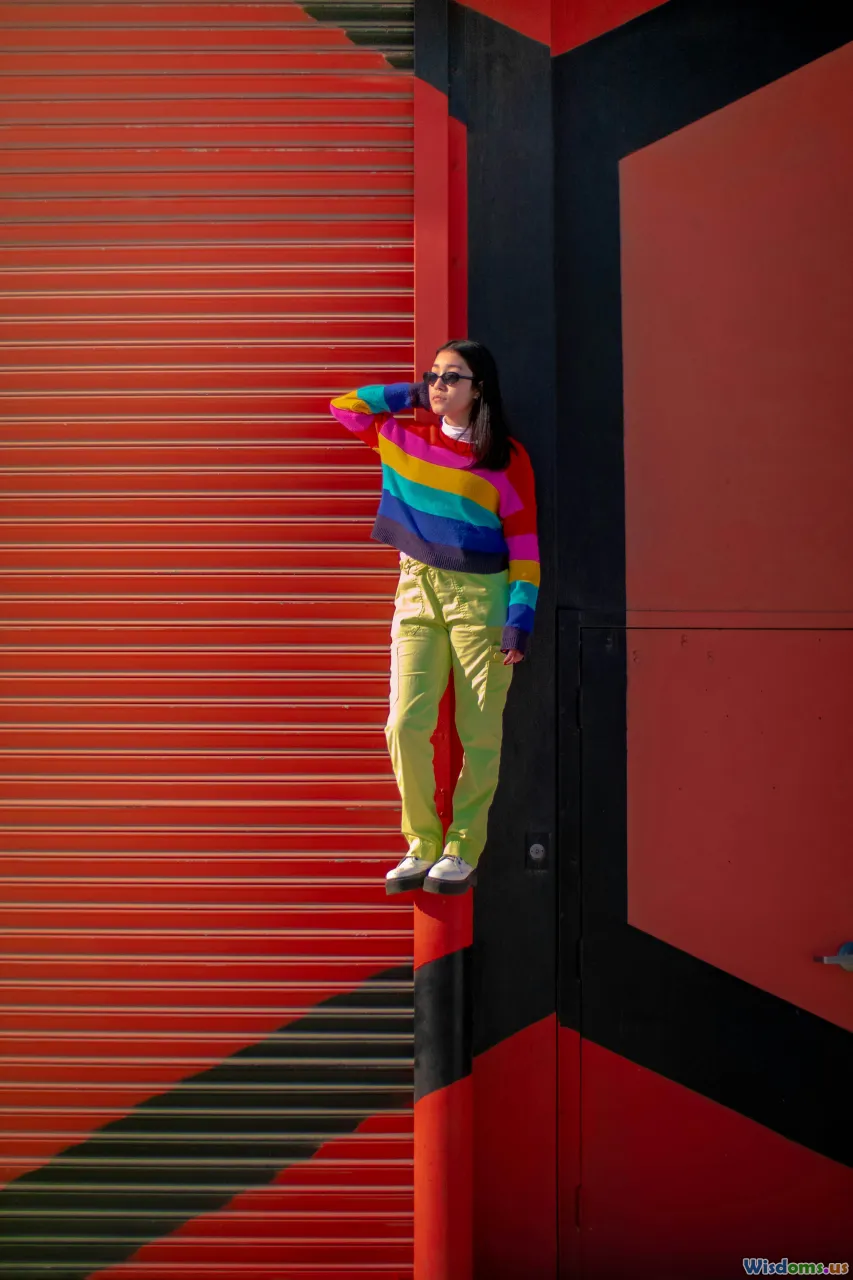
Each season, designers introduce new fashion directions that can inspire photographers to refresh their styling approach.
- Surrealism: Recent Schiaparelli collections feature optical illusion patterns, exaggerated collars, and whimsical sculptures. Photographed in abstract setups, these yield unforgettable, playfully avant-garde visuals.
- Upcycled and Sustainable Design: Brands such as Marine Serre and Re/Done integrate recycled textiles and patchwork. They add visual complexity and align with eco-positive narratives—perfect for photo stories themed around sustainability.
- New Preppy: Think oversized blazers, collegiate knits, tennis skirts—labels like Miu Miu reinterpret Ivy League for the TikTok era.
Mood Board Exercise:
Before each project, collect current campaign images and runway looks. Analyze silhouettes, materials, and color blocking. Invite your designer connections to comment. This keeps your wardrobe collection aligned with industry currents while cultivating collaborative rapport.
Tips From Top Stylists and Designers

Professional stylists and designers have a treasure trove of wisdom to share. Here are expert-backed principles for photographers:
- Fit Is Everything: "Even the most stunning gown looks wrong if it doesn’t drape correctly," says stylist Kate Young (who has dressed Margot Robbie and Selena Gomez). Always plan a fitting session or keep tailoring kits handy.
- Prioritize Movement: Vera Wang emphasizes, “Consider how clothing will respond to body movement or wind. Some looks are only effective in static poses; others come alive with motion.” This directly affects your shoot planning.
- Layer Intentionally: Don’t swamp models in clothing—let statement elements shine. Fashion director Ib Kamara tips: “Choose two to three great elements; the rest should be supporting players.”
- Keep Emergency Kits: Tape, pins, clips, portable steamer—essential for on-location work, minimizing downtime due to wardrobe mishaps.
- Document Every Look: Snap a quick photo of assembled outfits before (and after) they’re worn on set. This speeds up reassembly for pickups and ensures consistency, especially for multi-day shoots.
Post-Shoot Care: Archiving, Repurposing, and Building Continuity
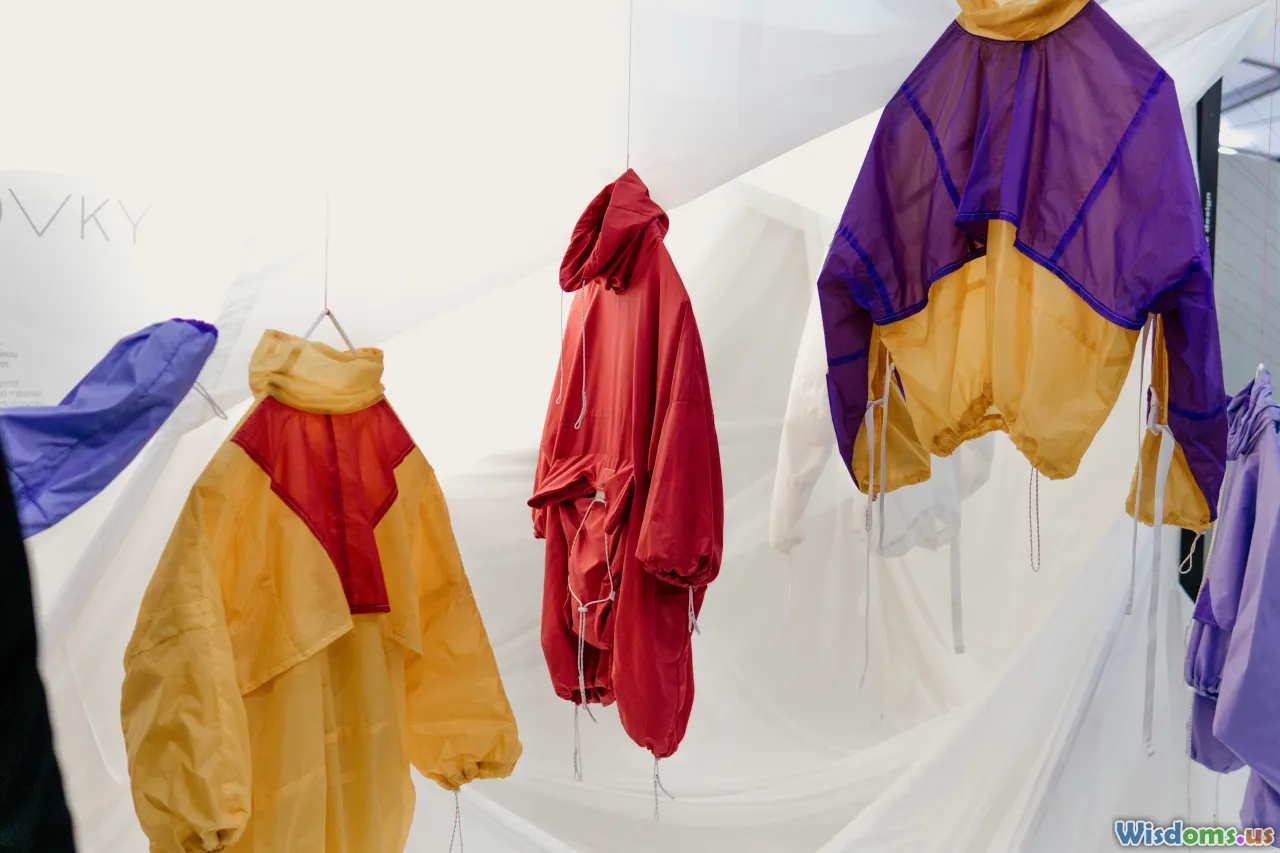
Ensuring your wardrobe’s longevity and reusable potential means treating every item with lasting respect.
- Proper Storage: Use garment bags for delicate items, cedar hangers for coats, and acid-free tissue for vintage accessories.
- Repairs: Many wardrobe pieces can be returned to near-new condition with small repairs like mending seams or refreshing embellishments.
- Archival Photographs: Build a comprehensive catalogue—images plus garment notes—for future reference. This becomes an in-house lookbook for pitching concepts or attracting new designer partnerships.
- Sharing and Circulation: Offer pieces you no longer need to other industry creatives, schools, or charitable productions. This not only declutters but also fosters creative goodwill, potentially leading to fresh collaborations.
Unlock Your Visual Signature With Designer-Inspired Wardrobe Choices
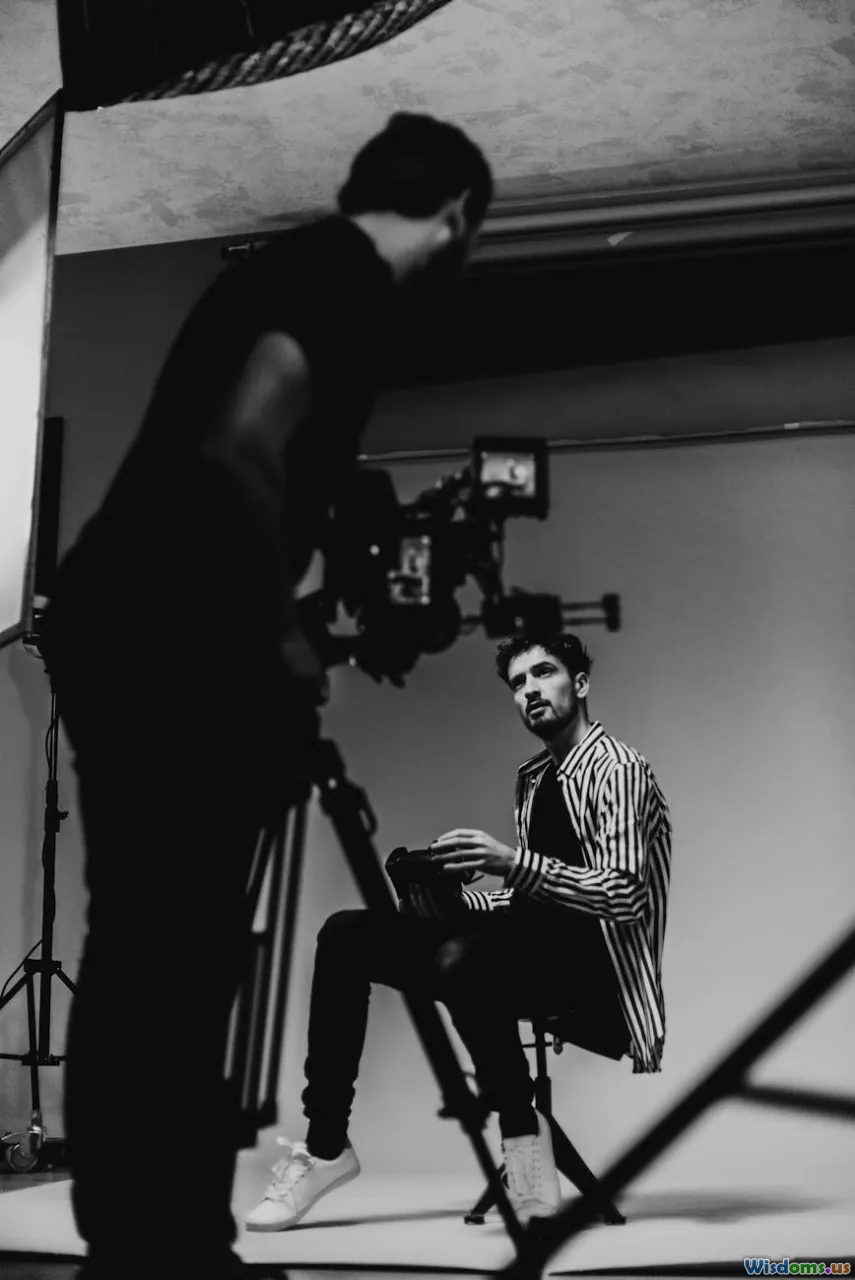
Photographers who approach wardrobe as a collaborative, creative extension of their art regularly find new avenues of expression. Whether you're orchestrating a studio editorial, a sun-lit outdoor portrait, or a cinematic fashion film, designer insights help construct stories that resonate, surprise, and endure.
By seeking fresh partnerships, balancing budgets resourcefully, honoring inclusivity, and staying attuned to trend currents, your wardrobe work will remain both inventive and relevant. In a landscape saturated with fleeting visuals, it’s the singular, thoughtful details—often born of collaboration—that make images unforgettable.
Rate the Post
User Reviews
Popular Posts










